Last Updated on June 25, 2024
The Friday the 13th Part 2 episode of WTF Happened to This Horror Movie? was Written by Cody Hamman, Edited by Zack Burkett, Narrated by Jason Hewlett, Produced by Lance Vlcek and John Fallon, and Executive Produced by Berge Garabedian.
The classic slasher film Friday the 13th was an independent production from Georgetown Productions, made on an initial budget of around five hundred thousand dollars. Then the major Hollywood studio Paramount Pictures picked up the domestic distribution rights and gave the film a wide theatrical release. It performed beyond anyone’s wildest expectations, pulling in forty million dollars in North America alone and becoming one of the highest grossing films of 1980. It was the second biggest film of the summer, behind The Empire Strikes Back. With a return on investment like that, getting a sequel off the ground as soon as possible was a no-brainer. But how do you make a follow-up to a film where nearly every character was murdered and the villain was decapitated? We’re about to find out, because we’re digging into the making of Friday the 13th Part 2 (watch it HERE) with this episode of What the F*ck Happened to This Horror Movie.
Directed by Sean S. Cunningham from a screenplay by Victor Miller, the original film starred Betsy Palmer as Mrs. Voorhees, who was working as a cook at Camp Crystal Lake when her young son Jason drowned there. Blaming the counselors for not paying enough attention to her child, Mrs. Voorhees got the camp closed down – by murdering two counselors the following year. Every time the camp attempted to re-open, she would sabotage it in some way. More than twenty years after Jason’s death, the son of the camp’s owners tried to open the place again. So Mrs. Voorhees killed him and the new counselors he hired. All except one: a counselor named Alice Hardy, played by Adrienne King, was able to fight back against Mrs. Voorhees. And cut her head off with a machete. Alice was safe… But Cunningham wanted to throw one last jump scare at the audience. So he added a scene, presumably a nightmare, where the long-dead Jason jumps out of Crystal Lake to pull Alice out of her canoe. This moment was just put in there as a joke on the audience. A way to startle them before they left the theatre. But it ended up serving as the foundation for a franchise.
Friday the 13th was released on May 9, 1980. By July, Paramount and the producers at Georgetown were in agreement that they needed to make a sequel. Filming was scheduled to begin in September. They just needed to figure out the story. Cunningham and Miller suggested using the title Friday the 13th for an anthology series; every year, a new movie would be released that would take place around Friday the 13th, but there would be no story connections between the films and no returning characters. John Carpenter would later suggest doing the same thing with the Halloween franchise. The anthology idea was shot down in both cases. The higher-ups wanted Friday the 13th Part 2 to be a direct sequel – and the Georgetown producers, particularly a man named Phil Scuderi, insisted that Jason be at the center of the film. This is the point at which some members of the first film’s creative team started distancing themselves from the sequel. Cunningham didn’t want to direct something that was going to be too similar to the movie he had just made. Miller didn’t want to write about Jason. Jason was dead. If he wasn’t, there was no point to the first movie. Special effects artist Tom Savini agreed. He thought the idea of making the sequel about Jason was so dumb, he chose to work on a different camp slasher movie, The Burning, instead.
The first choice to replace Savini was Stan Winston. But he was too busy to do anything other than help create the severed head of Mrs. Voorhees. He suggested that the filmmakers get in contact with legendary effects artist Dick Smith, who was a hero of Savini’s. And Smith pointed them in the direction of Carl Fullerton, whose work was impressive enough that it was believed he could be the next Savini.
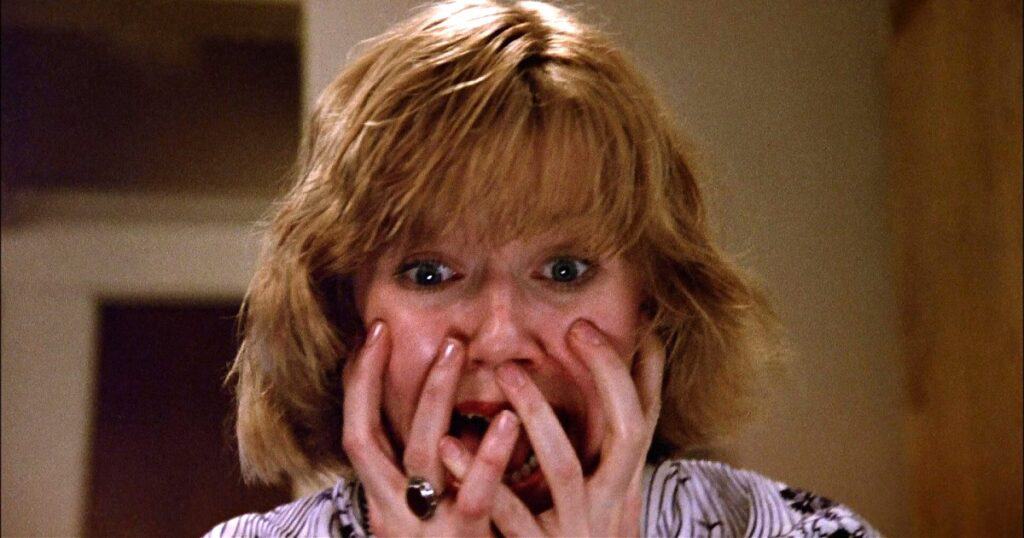
Georgetown didn’t have to look far to find replacements for Cunningham and Miller. Steve Miner had been working with Cunningham since being a production assistant and assistant editor on the 1972 Wes Craven film The Last House on the Left, which Cunningham had produced. He was an associate producer, production manager, and second unit director on Friday the 13th – and when Georgetown asked him to produce the sequel, he decided to pitch himself as the director as well. He figured he could do as good of a job as anyone else would, and felt he understood what horror fans and the audience that had enjoyed the first movie would want from Part 2. Cunningham agreed to vouch for Miner as director as long as Miner hired his wife, Susan E. Cunningham, as editor. The deal was made. A writer named Ron Kurz had done some uncredited rewrites on the first film – and added the scene with the motorcycle cop – so he was hired to write the script for the sequel. The title on the script he wrote was simply Jason.
Scuderi worked closely with Kurz while he was crafting the script, giving him ideas during their regular meetings, suggesting kills and acting them out in the middle of busy restaurants.
One thing Kurz didn’t fully write out was the opening of the film, which finds that Alice Hardy is still staying in the town of Crystal Lake two months after she stopped Mrs. Voorhees’ killing spree. From what we hear of a conversation she has on the phone with her mother, it seems she thinks being in Crystal Lake and working on her art will help her be able to put her life back together. These lines were not scripted; Adrienne King wasn’t given a copy of the script when she arrived on set. She was just told to improvise. While we’re catching up with Alice, we’re also aware that someone is lurking outside her house – and our first glimpse of Jason comes when we see his legs crossing the street in front of Alice’s place. Not only is this the first thing we see of the adult Jason, it’s also the only time in the franchise that Jason was played by a woman. Those legs belong to costume designer Ellen Lutter.
After an extended sequence that includes what may be the fastest shower in history, Alice finds Mrs. Voorhees’ severed head in her refrigerator – and the dead woman’s son is standing right behind her, holding an icepick. Alice survived the first movie, but she doesn’t even make it thirteen minutes into Part 2. Different reasons have been given for why Alice isn’t in the movie longer. Some say the decision-makers wanted to focus on new characters, some say King’s agent asked for too much money. But King has said she requested that she be given a short amount of screen time in the sequel because she was being tormented by a stalker in her personal life at that point.
Once Alice has been killed, the story jumps ahead five years. A man named Paul Holt has opened a place called the Packanack Counselor Training Center across the lake from the now-abandoned Camp Crystal Lake. Locals disagree with his decision, feeling that he’s asking for trouble by opening a new place so close to the old camp, but that doesn’t stop counselors from arriving for their training course. But the locals – including the returning character Crazy Ralph, still hanging around to tell people they’re doomed if they go out near the lake – are right to be concerned. As soon as the counselors get set up at Packanack, people start getting picked off one-by-one. The first person to get killed at the counselor training center is Crazy Ralph, who didn’t heed his own warning.
To bring Packanack to the screen, Miner and his crew were able to find an awesome location in Kent, Connecticut. Unfortunately, the locations from this movie really do seem to have been cursed. The only ones still around are the places that stand in for the town of Crystal Lake. The phone booth characters are shown using isn’t there anymore, it was fake to begin with, but the buildings remain. Sadly, the house Alice was staying in has since been demolished. The bar characters go to burned to the ground soon after filming was completed. And a few years ago, someone bought the campground and took out the cabins. A house now stands on the spot where Packanack Lodge used to be. You can still visit locations from most of the other Friday the 13th movies, but there’s not much left to visit from this one.
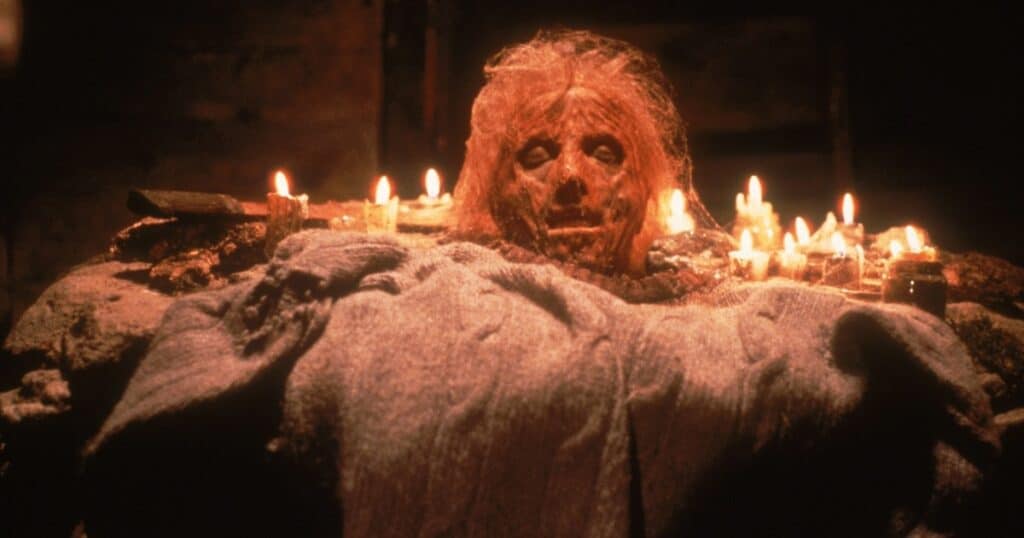
Miner was aiming high when he went into production on Friday the 13th Part 2. He set out to make the most terrifying film ever, and he felt he could accomplish this while sticking to the structure of the first movie. But he wanted to make sure his film would top its predecessor by having more realistic characters and better dialogue. The sequel also had a higher budget, allowing Miner to give it a more polished look with more camera movement. They even had a Steadicam to use on this one. Kurz was successful in writing a good bunch of likeable characters, and while viewers often pick on the acting in ‘80s horror movies, Miner was able to assemble a solid cast for this one. A lot of counselors show up at Packanack, but several of them are background extras. In addition to Paul, who is played by John Furey, the ones we focus on are the counselors who will have reason to stay behind at Packanack while Paul goes into town with everyone else to celebrate a successful first day of training. They are Bill Randolph and Marta Kober as Jeff and his girlfriend Sandra, who gets them in trouble when she becomes fascinated with the story of Camp Crystal Lake and wants to see the place for herself. After a police officer catches them wandering too close to the old camp, Paul punishes them by making them stay at Packanack that night. Kirsten Baker plays Terri, who doesn’t leave because her little dog Muffin has gone missing. Jeff and Sandra suspect the dog may have been killed by something out in the woods, but they don’t tell Terri that. Russell Todd plays Scott, who stays at Packanack because he wants some extra time to creep on Terri. The producers at Georgetown requested that there be a character in a wheelchair, and that turned out to be Mark, played by Tom McBride. He doesn’t go to town with the others because he doesn’t want to spoil their good time. And Vickie, played by Lauren-Marie Taylor, has a crush on Mark, so she wants to stay by his side. While the others are away, Jason wipes out all of these people.
A notable counselor who doesn’t get killed is the wisecracking Ted, played by Stu Charno. Ted survives this movie by staying in town and drinking all night. And of course any slasher movie needs a heroine. The final girl. Replacing Alice in that role is Ginny Field, who was named in tribute to Friday the 13th parts 1 and 2 production designer Virginia Field. A counselor who’s in a relationship with Paul, Ginny is studying child psychology, which turns out to be helpful when she and Paul return to Packanack to find that the legendary Jason Voorhees has killed everybody there. Played by Amy Steel, Ginny is one of the most popular heroines in this series because fans admire her intelligence and the fact that she is able to gain some insight into how Jason’s mind works. Steel’s performance was so well-received, the filmmakers even wanted her to come back for Friday the 13th Part III. But she wanted to make what she considered important movies, which didn’t include slasher sequels, and wanted more money than the producers were willing to offer, so she decided not to reprise the role of Ginny. A decision she would come to regret later on. Steel has since largely stepped away from acting and became a therapist in real life.
We have to address the fact that Jason, a dead little boy in the first movie, is now a grown man, alive and homicidal. Mrs. Voorhees was trying to avenge his death, and now he’s killing people to avenge her death. How does this make sense? Well, the movie doesn’t try to give any direct answers, which is for the best. The history of Jason and his mother is told as a creepy campfire story by Paul. He tells us that Jason’s body was never recovered from the lake and that some believe he didn’t die. That he has been surviving on his own in the wilderness. We are shown that Jason has put together his own shack in the woods, where the centerpiece is a shrine to his mother’s head. Miner believed that Jason survived the drowning incident and that the child Alice was grabbed by at the end of the first movie wasn’t the real Jason, it was a figment of her imagination. But there is no one in Part 2 to confirm whether Jason survived and his mother didn’t know it, or if he rose from the grave after his mother was killed. It’s open to interpretation. Fans can come up with their own theories. Like Ginny does. After hearing the campfire story, Ginny begins wondering what Jason would be like if he really exists. She feels sympathy for him. His mother was the only person he knew, his only friend. She understands why he would feel driven to kill for her. And that’s how she is able to beat Jason in the end.
Jason has the look of someone who has been living off the wilderness in this film. He doesn’t have his iconic hockey mask yet, he doesn’t get that until Part III. Here he wears a white sack over his head, with a hole cut in it for his one good eye to peer out of. Some have said that this was inspired by the look of the killer in the 1976 film The Town That Dreaded Sundown, and it is quite similar. Friday the 13th Part 2 was already in production by the time David Lynch’s movie The Elephant Man was released in October of 1980, and that movie also features a disfigured character who wears a bag over his head, with one hole cut in it so he can see. When Miner saw this, he said it was an “unfortunate coincidence” that Jason looked like The Elephant Man. That’s probably why he ditches the sack in the next movie.
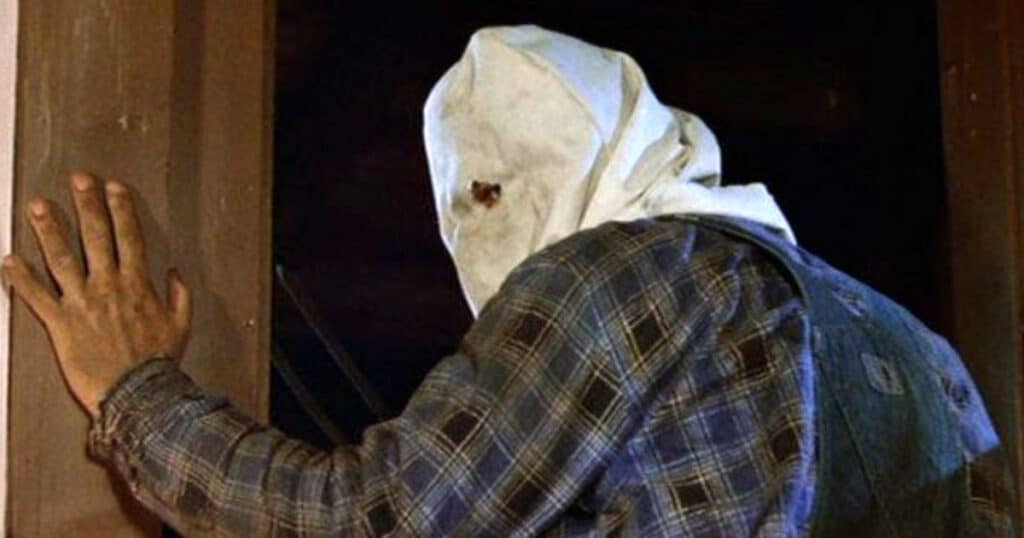
Various crew members put on the Jason costume throughout filming, like Ellen Lutter did for that shot of his legs. Miner initially offered the role to Taso Stavrakis, an actor and stuntman who had also been Savini’s assistant in the effects department on the first Friday. But he turned it down. So the role ended up going to Warrington Gillette, an actor who had stunt training and first got involved with the project when he thought he had a shot at playing Paul. Instead, he found himself buried under prosthetics that took six hours to apply so he could play the silent role of Jason. Gillette understandably hated wearing that makeup, and he and Steel both hated filming the scene where an unmasked Jason lunges at Ginny through a window. A scene that had to be shot multiple times before they got it right. So Gillette was eventually replaced by stuntman Steve Daskewisz, who also went by the name Steve Dash and sometimes had his named spelled Steve Daskawisz. He wore the sack mask to pursue Ginny throughout the climactic chase sequence. A sequence that’s packed with scares, stunts, and even a bit of urine: the producers wanted a character to urinate in fear during the movie, and that person ended up being Ginny. She hides from Jason under a bed, and while the killer searches for her a rat comes walking up to her face. The urine flows, giving away her hiding spot.
Dash got very banged up filming Jason’s confrontations with Ginny and had to make some trips to the hospital. During the filming of one scene, he broke some of his ribs by falling on Jason’s pickaxe, and later he had to get stitches in a finger when Steel accidentally sliced him with a machete. The chase sequence ends in Jason’s shack, where Ginny figures out she’ll be able to trick Jason by putting on the sweater Mrs. Voorhees was wearing when she was killed. A sweater that happens to be there by her severed head. When Jason sees Ginny in his mom’s clothes, he has visions of her talking to him, with Betsy Palmer reprising the role of Mrs. Voorhees in a cameo. Palmer’s cameo was filmed by director Steve Miner’s old friend Wes Craven.
Since Gillette is credited as Jason Voorhees and Daskewisz is credited as Jason’s stunt double, it took decades for Dash to get the proper recognition for his contributions to Friday the 13th Part 2. But fans eventually became aware of just how much work he did on the film, and he was able to interact with them at conventions for many years before he passed away in 2018. The Jason of Part 2 is different than the hockey masked version of the character, he’s smaller and clumsier, but Dash did a great job of playing this bloodthirsty woodsman Jason.
Unfortunately, the movie doesn’t feature much of the blood that Jason spills. The ratings board had received a huge amount of backlash for letting the first Friday the 13th get by with an R rating after just a few seconds had been trimmed from the kill scenes. So they were much tougher on the sequels. Miner had to submit Part 2 to the ratings board nearly ten times, whittling fifty-four seconds out of the death scenes along the way, before the sequel got its R rating. Every single on-screen kill had to be cut down to some degree. The effects work that was supposed to earn Carl Fullerton the reputation of being on the level of Tom Savini wasn’t seen by the audience. And for almost forty years, the uncut gore footage was believed to be lost forever. It wasn’t until Scream Factory was gathering material for the Friday the 13th franchise box set they released in 2020 that it was discovered Fullerton still had a VHS copy of the kills he and his crew created for the film. Thanks to Scream Factory, fans have finally had the chance to see the Friday the 13th Part 2 death scenes in all their gory glory – with scenes like Scott getting his throat slit while upside down and Jeff and Sandra getting impaled together with a spear while they’re in bed being ones that really benefit from being longer and bloodier.
Over the years, some genre fans have noticed that a few of the kills in the first two Friday the 13th movies are oddly similar to kills in the 1971 Italian film A Bay of Blood, which was directed by Mario Bava and is also known as Twitch of the Death Nerve. In particular, scenes of people with axes or machetes stuck in their faces and the double impalement of Jeff and Sandra look they could have been lifted right out of Bava’s movie. Sean S. Cunningham has said that any similarity between the films is purely coincidental, as he didn’t see A Bay of Blood until years after the Friday movies were released. But others involved with these movies were definitely aware of Bava’s film before the first two Fridays went into production. Martin Kitrosser, who worked as script supervisor on the first two movies and co-wrote the screenplays for parts 3 and 5, is such a huge fan of Bava’s work that he even named his son Mario Bava Kitrosser. By the late 1970s, Kitrosser had his own sixteen millimeter copy of A Bay of Blood, and he watched it with his friend Ron Kurz. When interviewed by Tim Lucas for the book Mario Bava: All the Colors of the Dark, Kitrosser said that when Kurz heard Cunningham and Victor Miller were planning to make a slasher movie to cash in on the success of Halloween, he suggested that Kitrosser let them borrow his copy of A Bay of Blood. So according to Kitrosser, they had seen the movie before they made Friday the 13th.
When Kurz was hired to write Friday the 13th Part 2, he and Kitrosser felt they should model the kills after the ones seen in A Bay of Blood… and Kitrosser even thought the movie should include a dedication to Bava, who had passed away the month before Friday the 13th was released, in the end credits. That suggestion was shot down by the producers. The producers at Georgetown were also familiar with A Bay of Blood. They were theatre owners in Boston, and had their own distribution company called Hallmark Releasing. Hallmark had brought A Bay of Blood to America in 1972 and had great success with the film, which they often sent out to drive-ins as a double feature with The Last House on the Left. So there’s no denying that multiple people involved with the early FRIDAYs knew they were following in the footsteps of Bava’s film.
Friday the 13th Part 2 didn’t deliver the amount of bloodshed that had been seen in either A Bay of Blood or Friday the 13th, but it was a success when it reached theatres on April 30, 1981… nine days short of the first movie’s one year anniversary. Made on a budget of just over one million dollars, Friday the 13th Part 2 earned almost twenty-two million at the box office. This was substantially less than the first movie made, but still a good return on investment. It did have a bigger opening weekend than its predecessor had, then had a steeper drop-off. Exactly why it didn’t do as well as the first movie isn’t quite clear. Were fans disappointed that the kills had been watered down? Was it because the market was flooded with slasher movies in 1981? There were a lot of them released that year, but Friday the 13th Part 2 is one of the best slasher films ever made.
Whether or not Miner was successful in his endeavor to make Part 2 better than the first movie is up to individual fans to decide… just like it’s up to us to come up with our own answers as to what really happened to Paul and Muffin. Miner certainly made a worthy follow-up and was able to turn Jason Voorhees, that dead little boy, into a believable, threatening slasher. The film takes the viewer on a creepy, fun, fast-paced ride, introducing us to likeable characters and then knocking them off in entertainingly shocking ways. It’s a thrilling and important chapter in the legend of Jason Voorhees. And when Miner came back to direct Friday the 13th Part III, he took the character a step beyond and turned him into the hockey mask-wearing icon we know and love.
A couple of the previous episodes of the show can be seen below. To see more, head over to our JoBlo Horror Originals YouTube channel – and subscribe while you’re there!






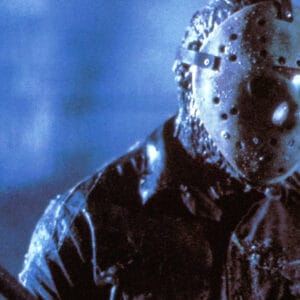

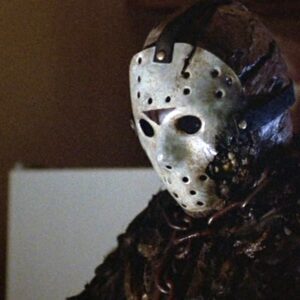
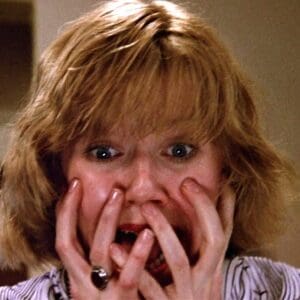

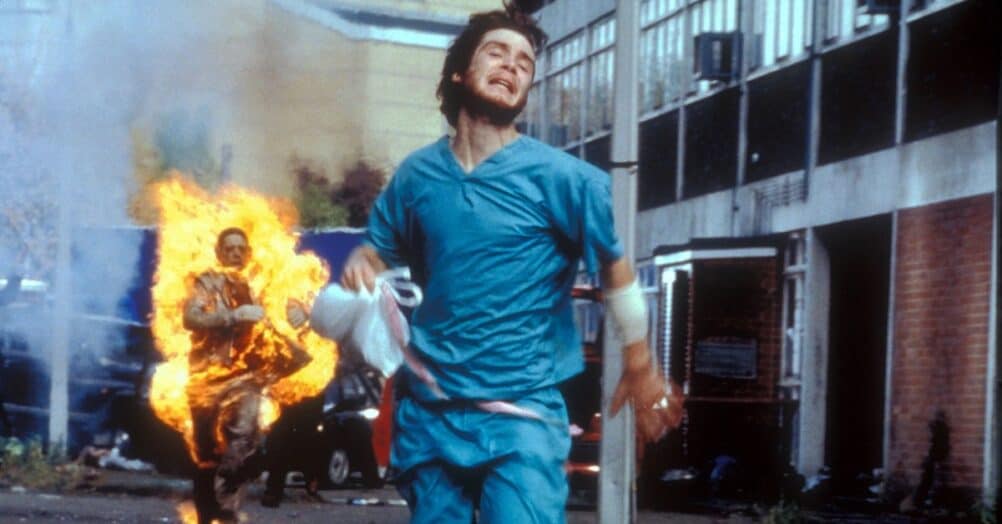





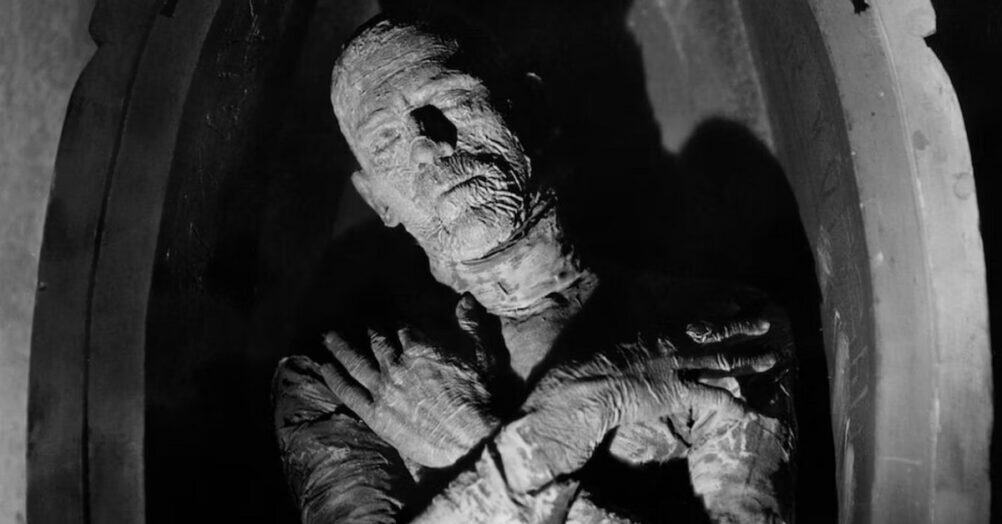
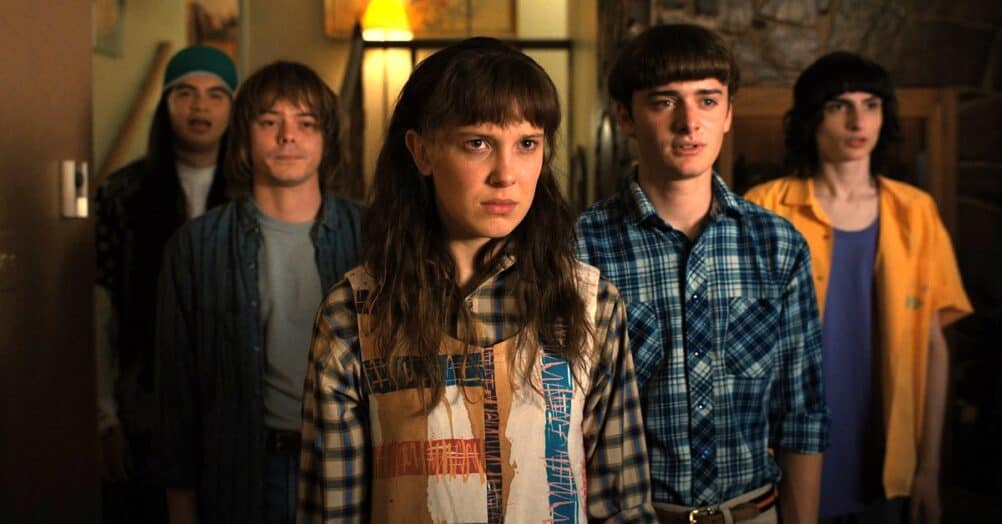

Follow the JOBLO MOVIE NETWORK
Follow us on YOUTUBE
Follow ARROW IN THE HEAD
Follow AITH on YOUTUBE